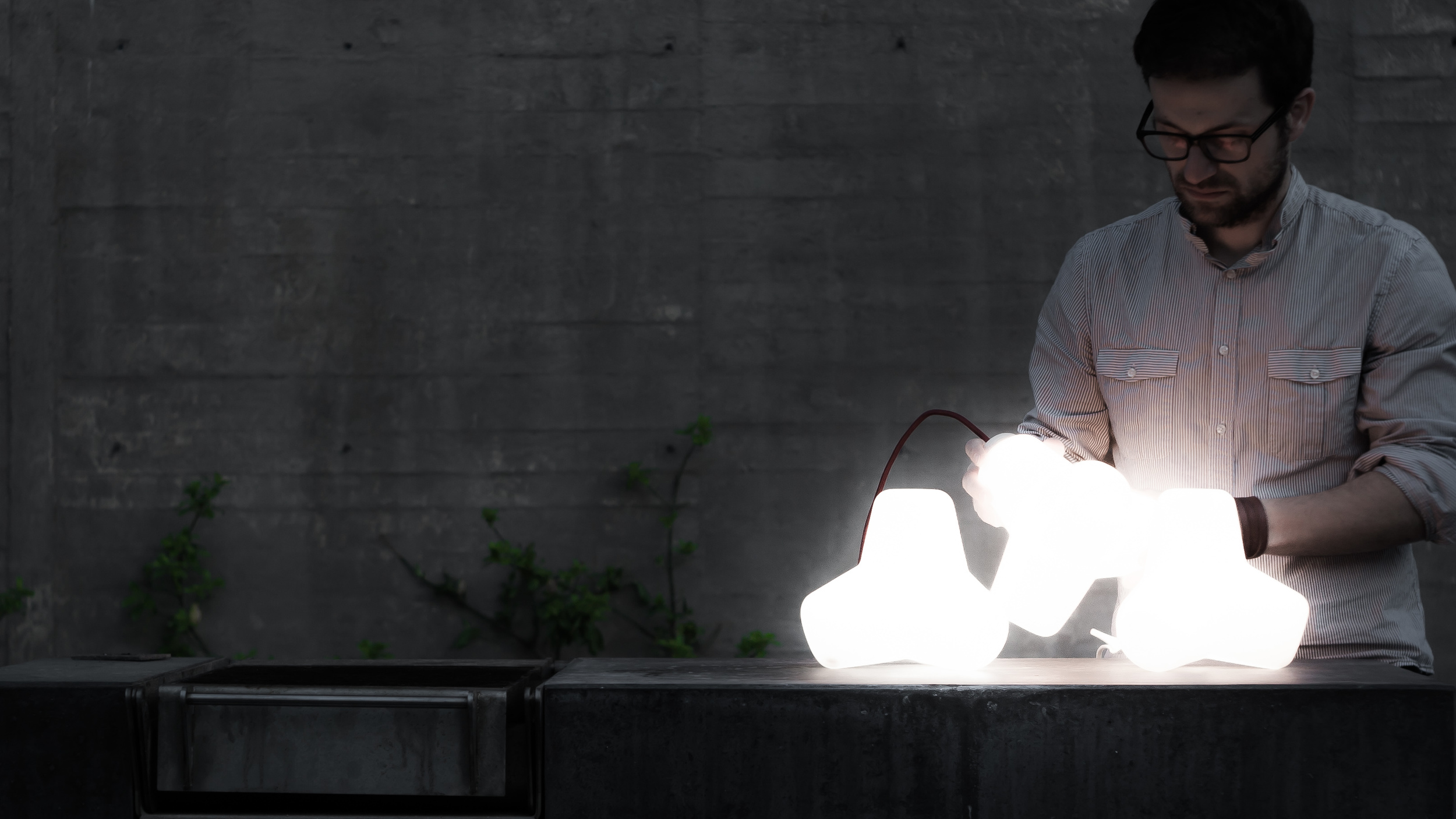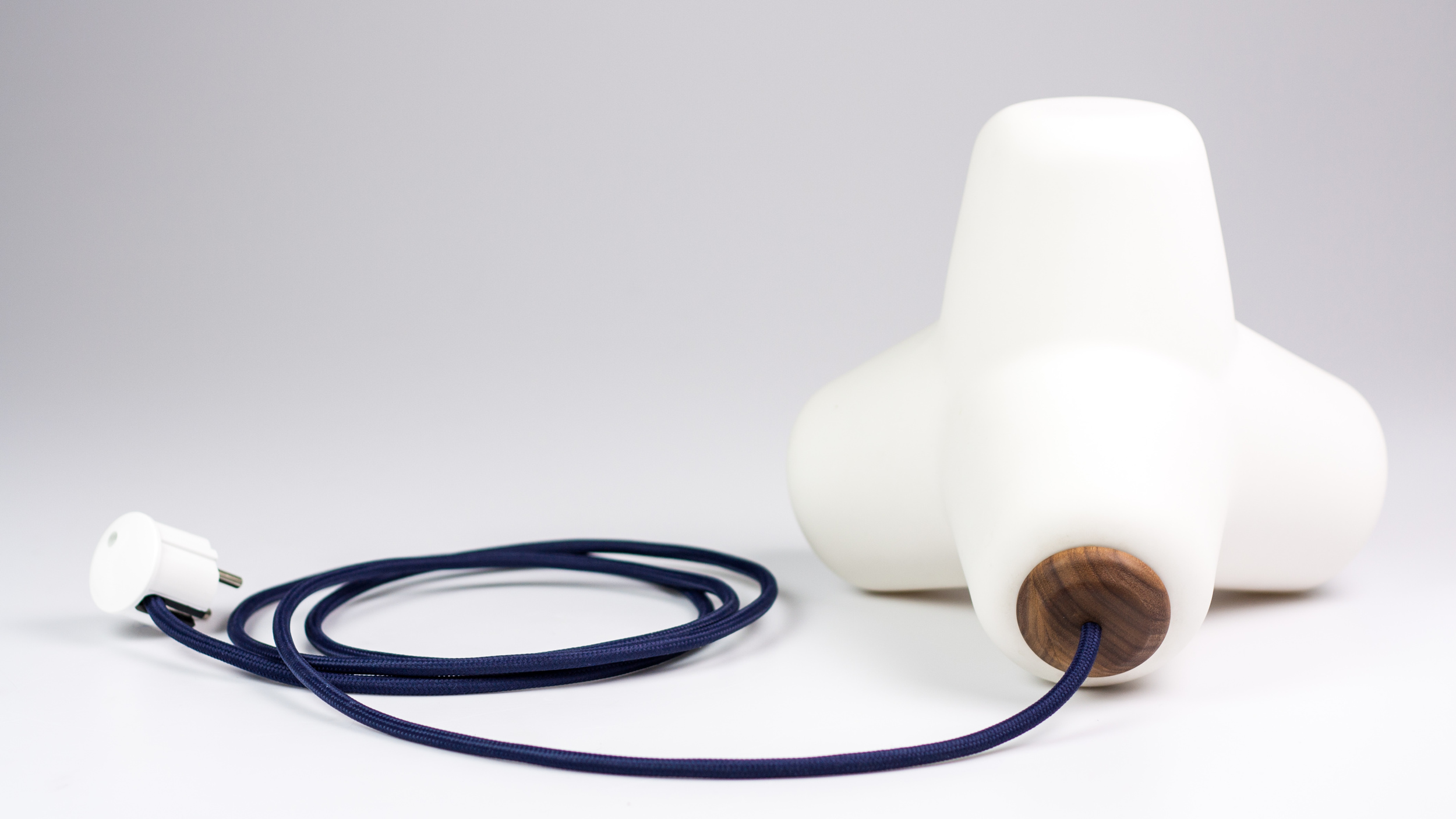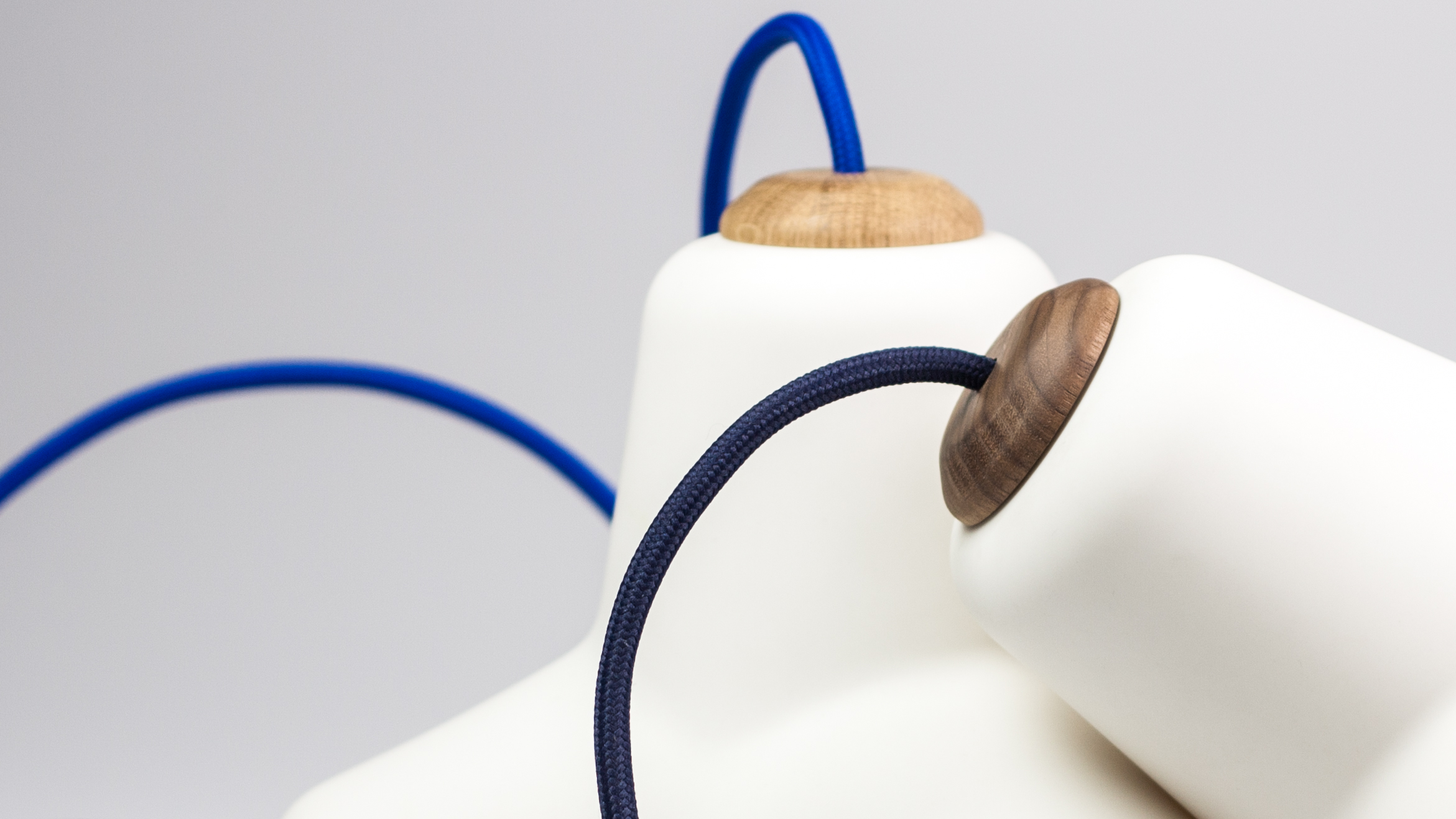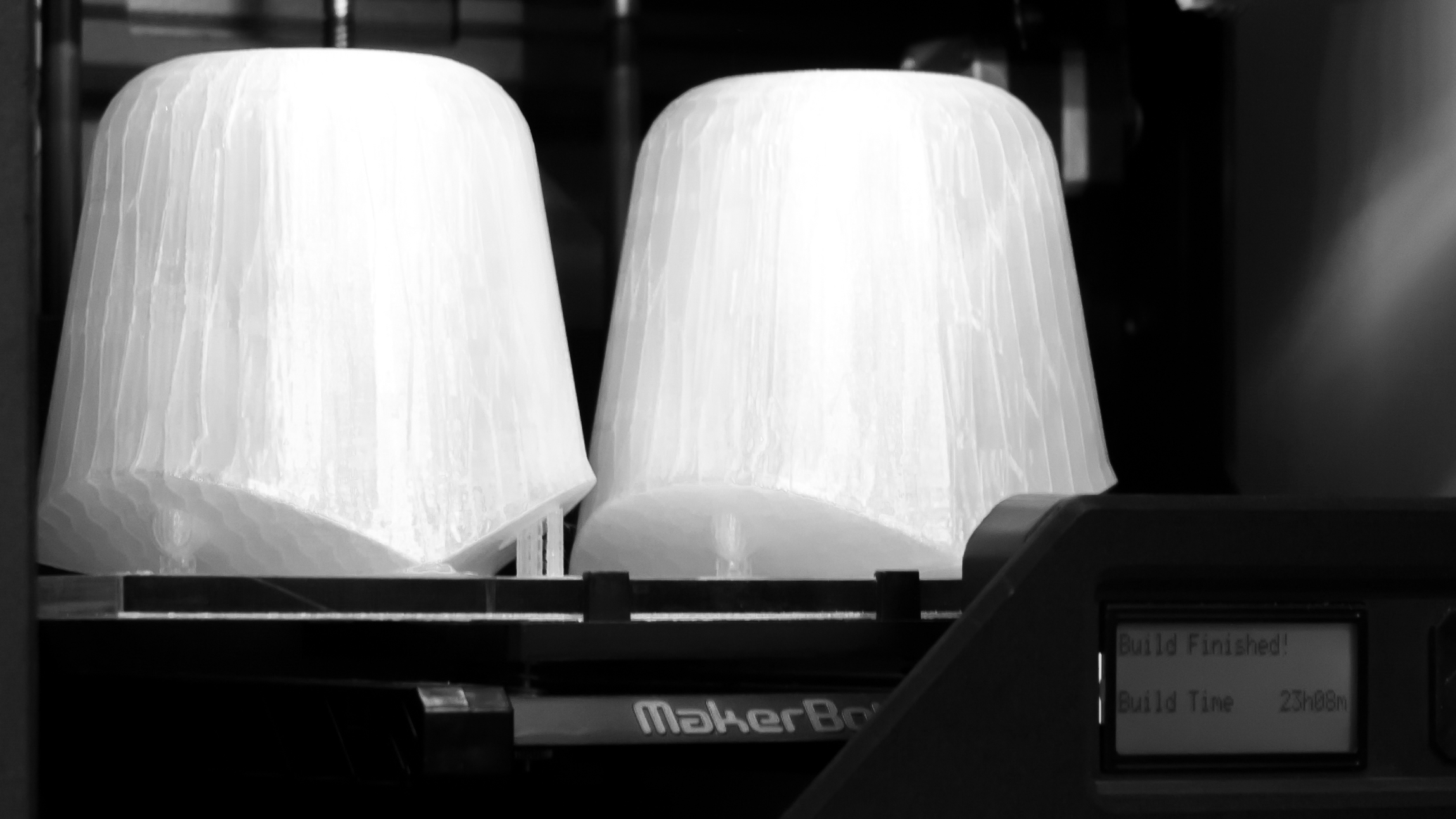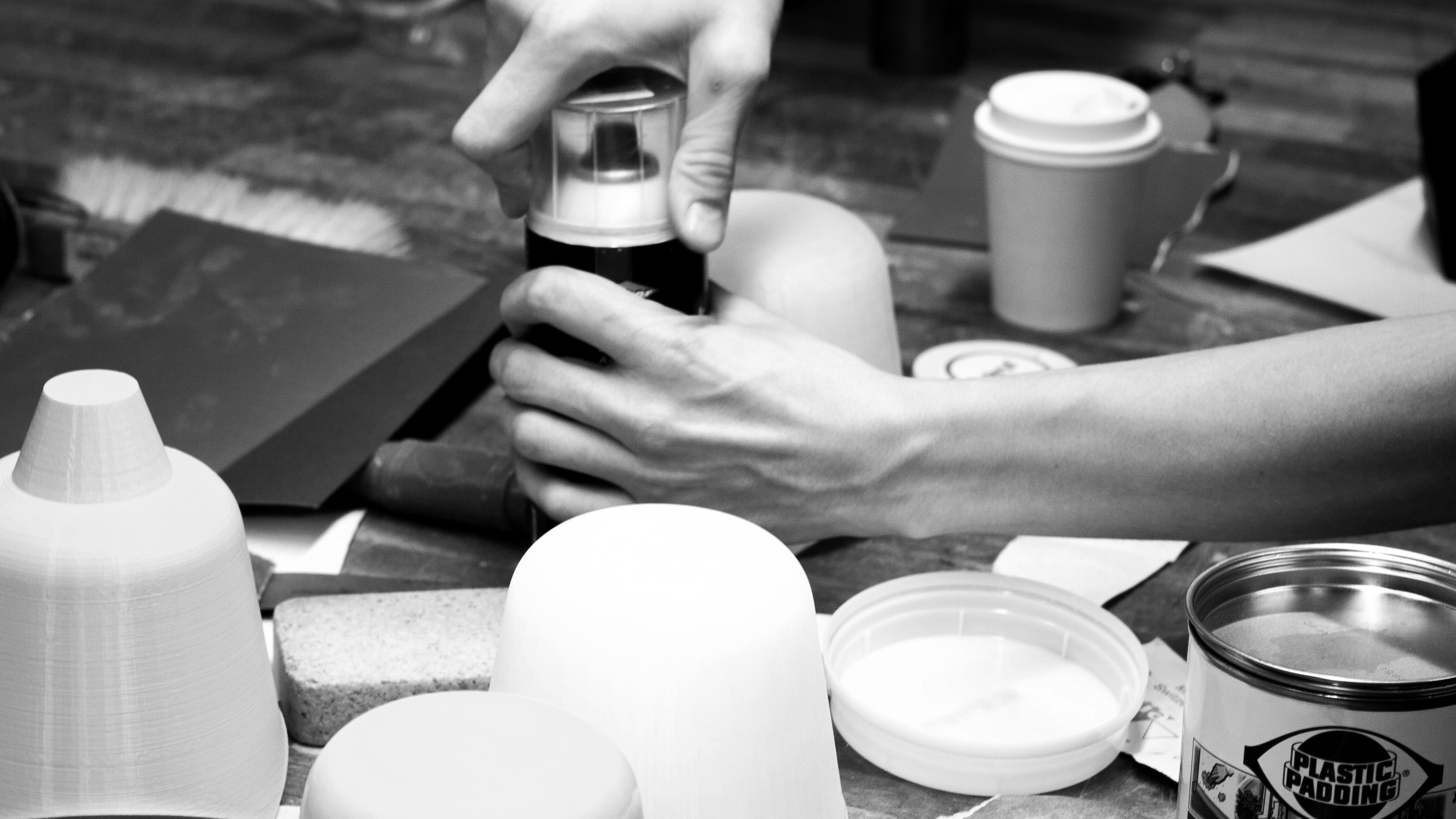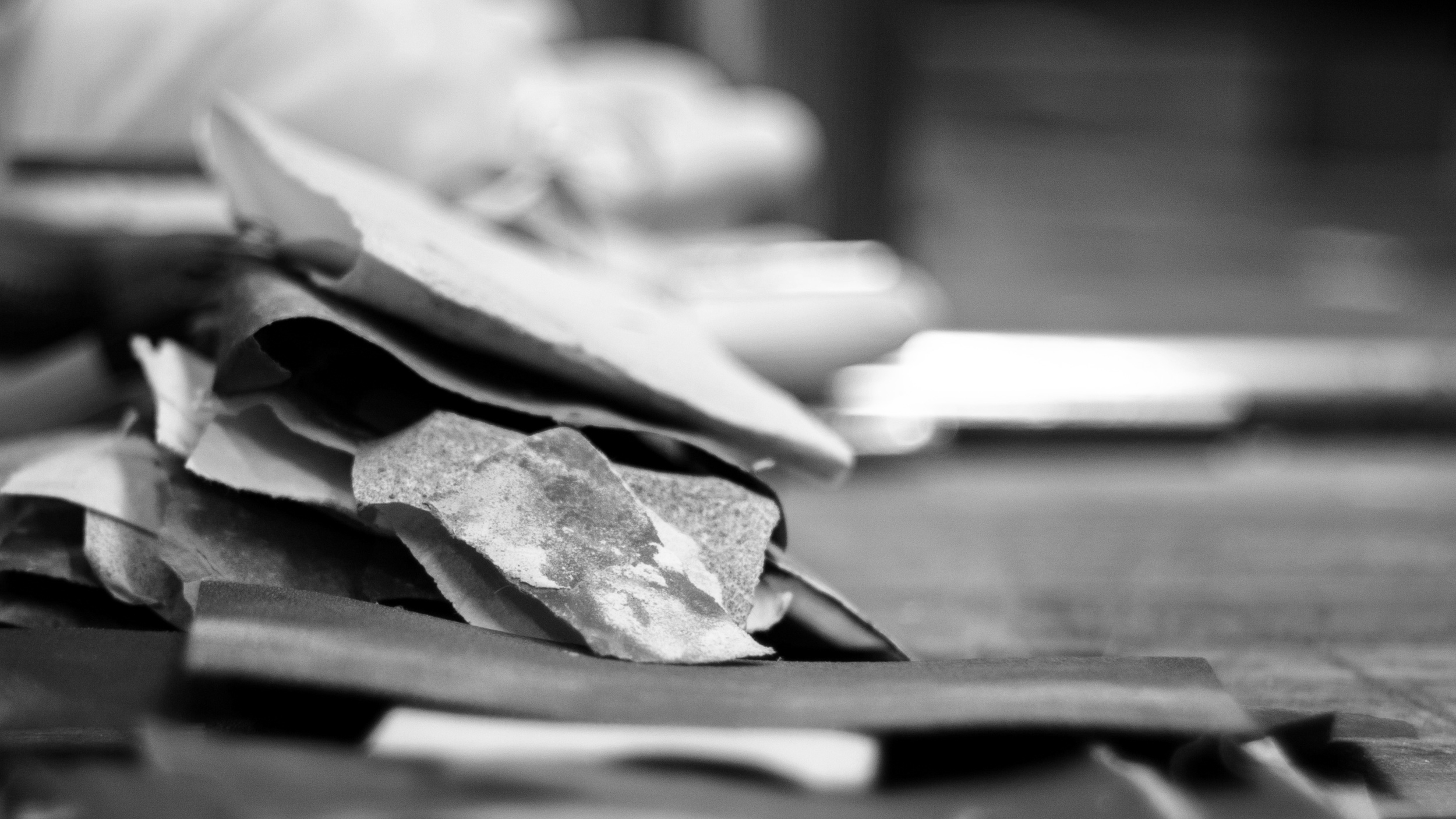Harbour
Ambient lighting inspired by the indestructible wave breaking tetrapods found in many harbours around the world. The shape is reproduced in a slightly different scale and in hollow structure porcelain instead of solid concrete.
Tetrapod Luminaire
Shape and Materials Experiment:
The porcelain reincarnation of the concrete tetrapod
School of Industrial Design - University of Lund, Sweden
2013 Side project: Materials and shape experiment.
Collaborator:
Nestor Campos - Enter Website
Exhibitions:
Stockholm Furniture & Light Fair 2015
Malmö: Mitt Möllan Exhibition 2014
A tetrapod is a four-legged concrete structure used to break waters close to the harbours. The shape is designed to dissipate the force of incoming waves and allows water to flow around the body rather than pushing against it. The shape is also reducing displacement of the tetrapods by interlocking them to each other.
"Harbour is at its best in company with other tetrapods. One or two more friends allow for interesting combinations of the shape."
Process Overview
The shape was modelled in Rhino using the grasshopper plug-in software in order to play with proportions. The digital model was embodied in cardboard models before deciding for the final shape which was then 3D-printed and put together by hand. The surfaces were rough from the print, therefore some hours of good old surface
treatment, lackering and polishing was required before the plaster mould making. Harbour is made of slip casted porcelain with a wall thickness of about 3mm to have a comfortable amount of light dissipated through the material. The light source itself is any standard E14 low energy lamp floating in the centre of the structure.
